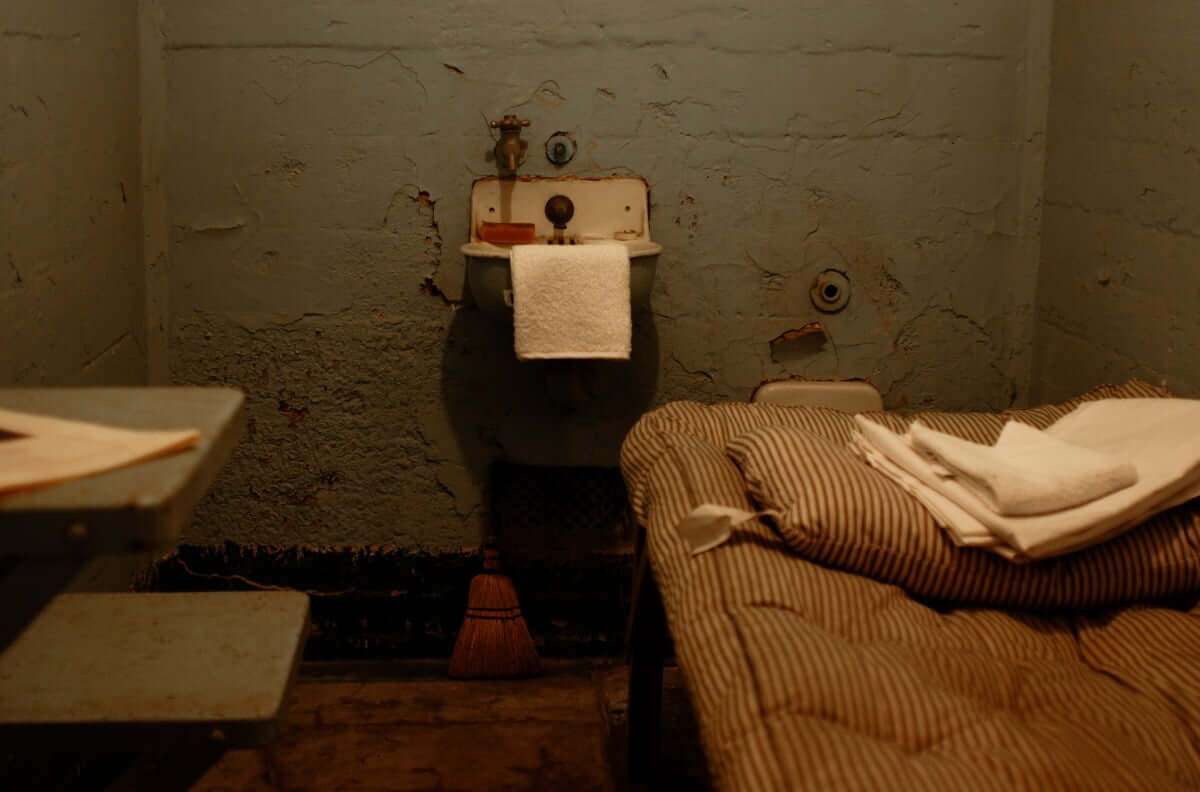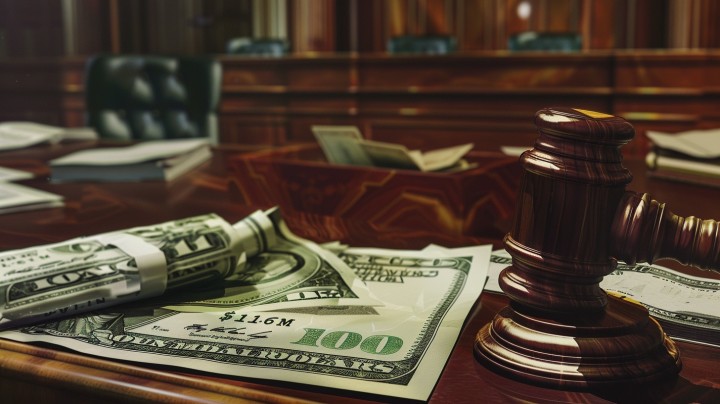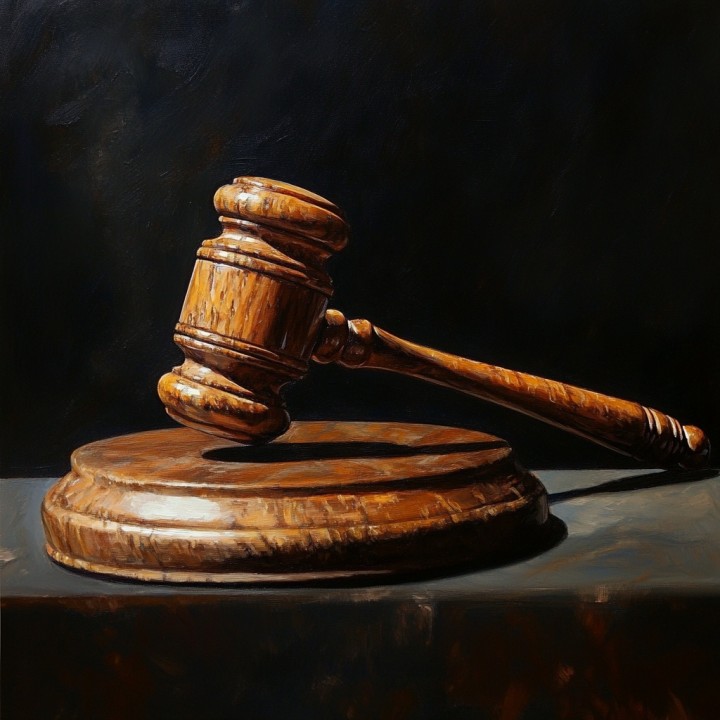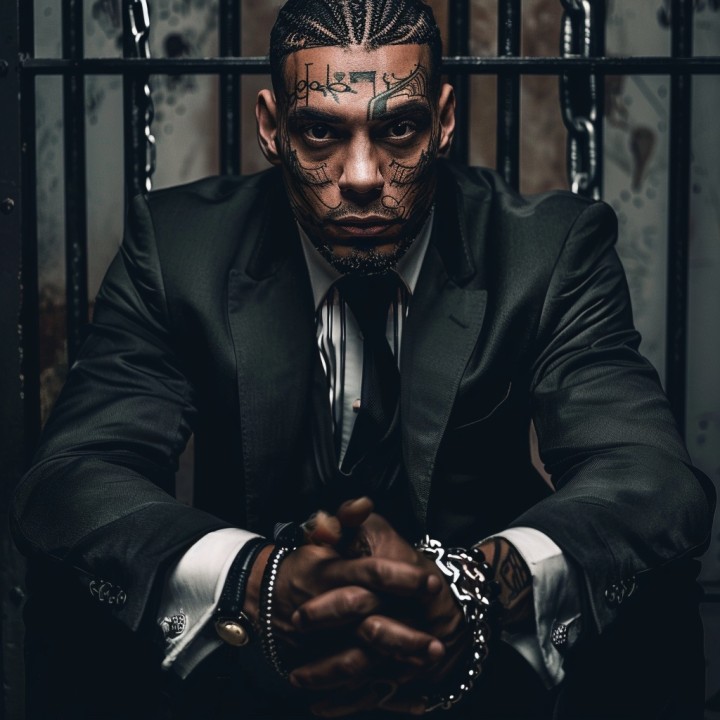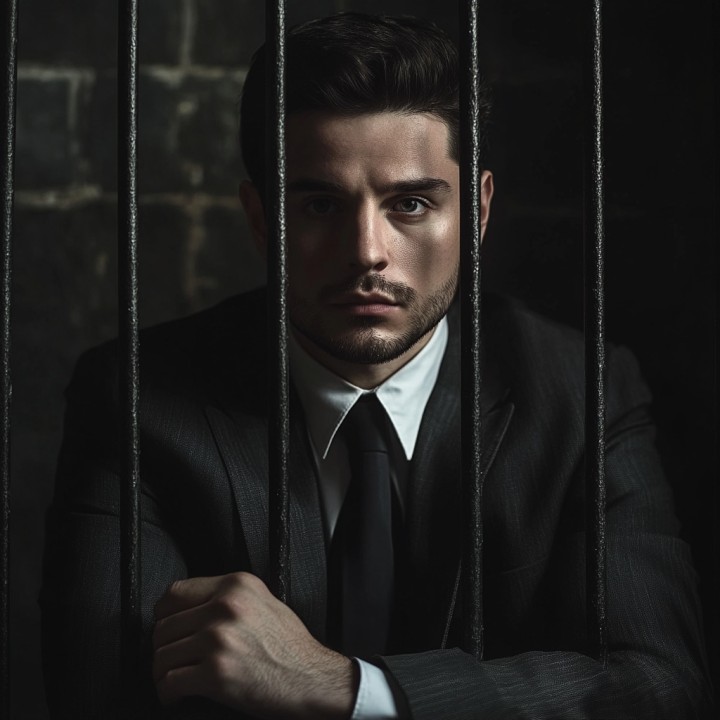Justice. It’s a peculiar word — one that means different things to different people. It could mean community service for some inmates, institutionalization for others, and even death row for a few detained in local correctional facilities.
Among the public, ideas of justice generally depend on the circumstances associated with each case. For most, justice means holding someone accountable for their actions, showing them that there are consequences for the harm they cause. That they must receive punishment when they violate the laws that govern our lives, endangering others. Justice is what we give to the families and friends of victims who have been hurt by a criminal.
Defendants vs. Criminals
The question isn’t, “how should we be treating criminals?” Or at least it shouldn’t be the only question. The question we should be asking is, “How are we treating defendants who haven’t been proven guilty of a crime?”
A lot of times, people assume someone’s guilt even if they’ve only been taken in for questioning and haven’t been charged with a crime. Whether your loved one is innocent but stuck in jail because you couldn’t afford bail, or they’re serving out a life sentence– correctional facilities like jails and prisons can be incredibly dangerous.
However, the public doesn’t often see what happens to the defendant after they leave the courtroom without the media gaze casting a light inside local correctional facilities. They’re quite honestly forgotten, outcasts to society for the crimes they’ve been convicted of. And because of that, so does the regard for them as human beings who have the right to a safe living environment that meets basic human needs, like adequate nutrition and shelter. Unfortunately, those are privileges in some facilities and entirely nonexistent in others.
Despite efforts by activists, families, and various policymakers in legislation, the prison system remains largely in need of reform instead of enabling continued inhumane living and working conditions, isolation, deprivation, and violence. Although U.S. leaders from Barack Obama to Donald Trump have lauded Texas as a model for criminal justice reform, there’s still plenty of room for improvement.
Overcrowding Increases Violence and Degrading Practices
Prisons are businesses too — they make money through a game, making taxpayers who want to be “tough on crime” give them their hard-earned money. That so-called toughness has led to about ¼ of a million people being incarcerated in the Lone Star State as of 2021. Today, Texas has more inmates than the total number of prisoners in Germany, France, Japan, and the United Kingdom combined, according to University of Pennsylvania Professor of Political Science Marie Gottschalk.
High prison populations have caused severe overcrowding in Texas correctional facilities. Think about what it means for the average inmate when a prison is operating over its capacity: smaller cells, fewer meals, shortcuts in virtually every area of spending to save costs, as well as limits on time outside of cells, recreation, visitation and more. Inmates describe their living conditions as inhumane.
Thomas Silverstein, who was in solitary confinement in Texas, said, “As they built new walls around me it felts like I was being buried alive…Due to the unchanging bright artificial lights and not having a wristwatch or clock, I couldn’t tell if it was day or night…I now know that I was housed there for about four years, but I would have believed it was a decade if that is what I was told. It seemed eternal and endless and immeasurable.”
Overcrowding can lead to an increase in lack of privacy — which is practically nonexistent in these facilities anyway. But in overcrowded conditions, it’s not unheard of to force inmates to sleep on small cots by the dozens in dayrooms, classrooms, gymnasiums, and more, just to accommodate the vast number of people placed into a facility. As such, medical care comes to be inadequate when serving such a large population with limited resources, according to Vera Institute. Suicide and violence also occur at higher rates when overcrowding occurs.
Now, the number of incarcerated people has decreased slightly in the past couple of years, with help from the pandemic because of court case backlogs, among other things. But, that doesn’t mean current levels are adequate either, as opportunities for rehabilitative programming also decreased. In fact, Texas prisons are still dangerously overcrowded during the pandemic, leading inmates and officers to lose their lives as a result of these close quarters.
No A/C Causes Health Concerns and Higher Rates of Death
In a southern state like Texas, it sure can get hot. This is usually no problem for Texans, as they’re quite accustomed to dealing with the heat. Unfortunately, inmates have no say in how to deal with rising temperatures, and a staggering number of facilities still don’t have air conditioning. In fact, as of 2020, there were 21 Texas state facilities with no air conditioning, according to public records obtained by the Texas Prisons Air-Conditioning Advocates. That’s not even a match for the 70 Texas prisons who have only partial to no air conditioning, reports The Intercept.
Texas also has more correctional facilities impacted by severe to extreme heat than any other state, according to The Intercept data, which shows 90% of the state’s facilities are in places with more than 50 days a year of 90-plus-degree heat indexes — and temperatures are only going to rise, projections show.
Resources for inmates rarely leave them with access to fans or even enough water to drink in triple-digit heat. And according to Gottschalk, about 4 out of 5 inmates are housed in units without air-conditioning, despite the 10 inmates who died in the record-breaking heat wave in the summer of 2011. Nevermind the many inmates whose medical conditions and illnesses were worsened by the lack of air conditioning, shortening their life expectancy and ability to perform basic activities.
Fast Bail Bonds and Dallas County Prison Reform
It’s clear there’s significant work that needs to be put in for an upheaval of the current prison system to allow for genuine, legitimate reform. In 2020 alone, more than 500 people died in California, Florida, Texas, and federal prisons, according to the Bureau of Justice Statistics via the Prison Policy Institute. That’s just unacceptable in the name of “justice.”
When is it ever justifiable to deny people basic human rights like adequate shelter? Prisons may never be the safest places, but they should be survivable, at the very least. Visit Delta Bail today to learn more about the resources our experienced bail bondsmen can offer your loved one, should they get stuck waiting for their court date in jail where they’re at risk of violent incidents, inhumane living conditions, and more.
